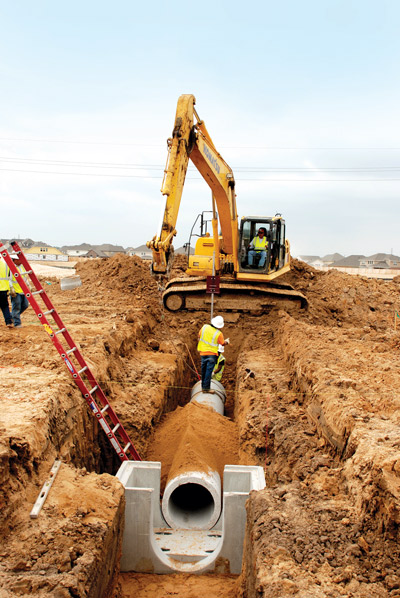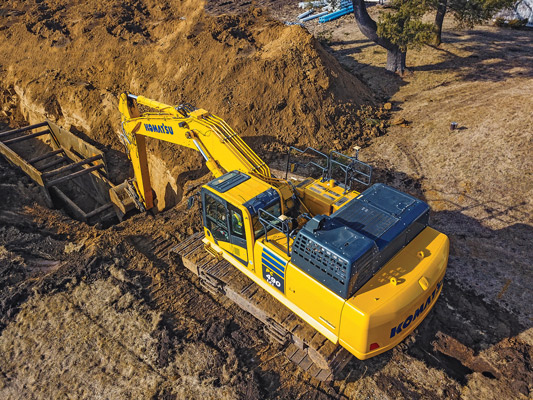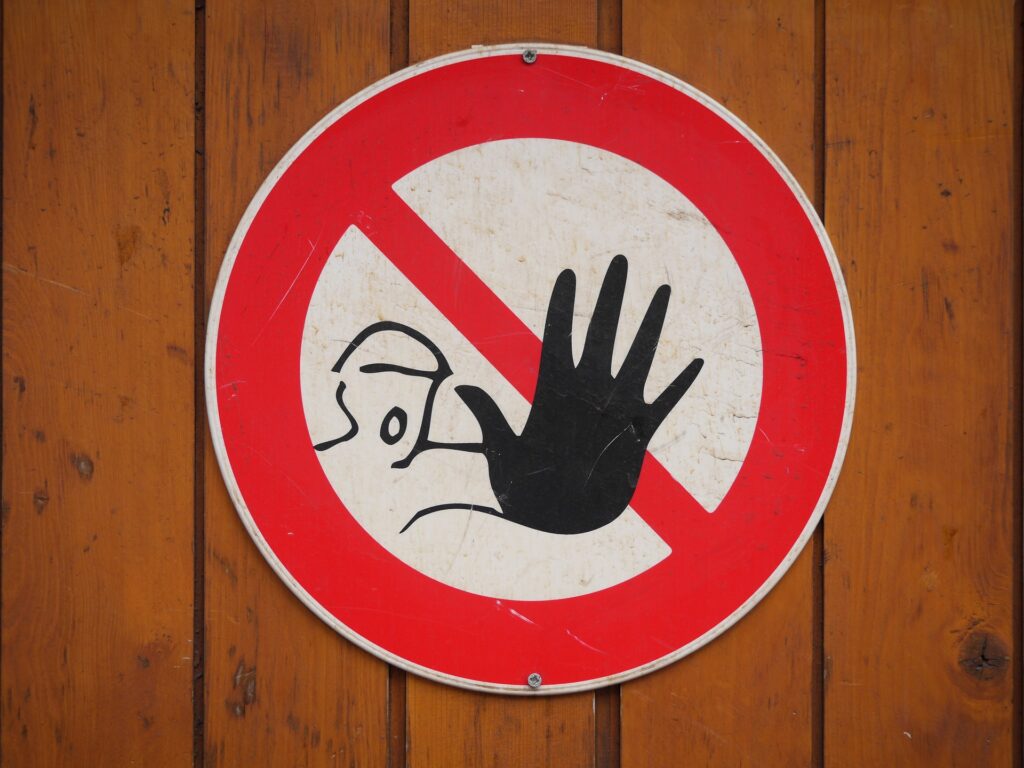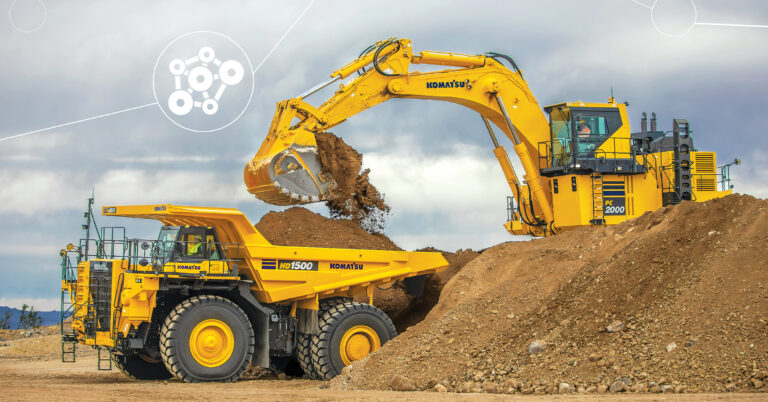
Jobsite Safety Hazards: Raising Awareness To Eliminate Fatalities
Anyone who works in the excavation business agrees that one injury or death from trench-related incidents is too many. However, each year there are still multiple fatalities. Data from the Bureau of Labor Statistics showed that there were 37 trench-related fatalities in 2016. That was nearly double the average number throughout the previous five years. The most recent information available showed fatalities in 2017 at 23, a significant reduction from the previous year, but still above the norm.
Those numbers prompted the Occupational Safety & Health Administration (OSHA) to initiate a new National Emphasis Program (NEP) to increase awareness and compliance with trenching and excavation safety requirements. The program consists of two components: OSHA inspectors will conduct and record trenching and excavation inspections in a national reporting system, and each OSHA area office will develop outreach programs supporting compliance assistance within their jurisdictions.
“We are promoting stronger industry awareness about the seriousness of trenching hazards and the means available to address them,” an OSHA spokesperson reported. “In collaboration with industry stakeholders, the agency has developed new compliance assistance resources.”
OSHA’s updated trenching and excavation website provides the following:
- Recorded audio public service announcements, in English and Spanish, that highlight effective ways to stay safe when working around trenches and excavations.
- A 45-second video, “5 Things You Should Know to Stay Safe,” covering safety measures that can eliminate jobsite safety hazards and prevent worker injuries.
- An updated Trenching Quick Card about protecting workers.
- OSHA’s revised “Protect Workers in Trenches” poster, which offers a quick reminder of the three ways to prevent dangerous trench collapses. The poster is printed in English and Spanish.
- A new “Slope It. Shore It. Shield It.” sticker, available in English and Spanish.
Following Trenching Standards Is Best Way To Eliminate Fatalities
OSHA says compliance with existing trenching standards would prevent most, if not all, fatal incidents. Included among those standards is having a protective system for trenches 5 feet or deeper, unless it is made entirely in stable rock, and a competent person has examined the ground and found no indication of a potential cave-in.

A competent person is any individual, selected by the employer, who is capable of identifying existing and predictable jobsite safety hazards or working conditions that are hazardous, unsanitary or dangerous to workers; can determine soil types and required protective systems; and is authorized to take prompt corrective measures. OSHA requires that a competent person conduct daily inspection of a trench before workers enter.

What Are Jobsite Safety Hazards
Safe access and egress, including ladders, steps, ramps or other safe means, are required for employees working in trench excavations 4 feet or deeper. They must be located within 25 feet of all workers.
Other general rules include keeping heavy equipment away from trench edges; keeping soil and other materials at least 2 feet from the edges; knowing where underground utilities are located before digging; testing for atmospheric hazards; and ensuring that workers wear high-visibility or other suitable clothing.
“The goal of this NEP is to reduce or eliminate workplace hazards,” OSHA stated. “As part of it, Compliance Safety and Health Officers will initiate inspections whenever they observe an open trench or excavation, regardless of whether or not a violation is readily observed. These observations may occur during the course of their normal workday travel or while engaged in programmed or unprogrammed inspections. Operations will also be assigned for inspection as a result of incidents, referrals and complaints. We want to prevent all trench collapses and save lives.”
Raising Awareness of Protective Systems
Here are OSHA’s definitions of the protective systems. When designing one, you must consider factors such as soil classification, depth of cut, water content of soil, changes caused by weather or climate, surcharge loads and other operations in the vicinity.
Benching: A method of protecting workers from cave-ins by excavating the sides of an excavation to form one or a series of horizontal levels or steps, usually with vertical or near-vertical surfaces between levels. Benching cannot be done in Type C soil.
Sloping: Involves cutting back the trench wall at an angle inclined away from the excavation.
Shoring: Installing aluminum hydraulic or other types of supports to prevent soil movement and cave-ins.
Shielding: Protecting workers by using trench boxes or other types of supports to prevent soil cave-ins.
Editor’s note: Information for this blog was supplied by the Occupational Safety & Health Administration.



